Lesson Four – Reflective Materials
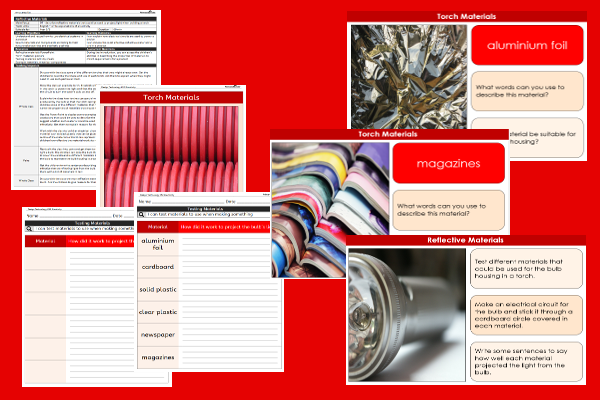
This design technology teaching pack for Key Stage Two gets the children to identify and describe a range of different reflective materials that could be used to project light when building a torch.
The class can select and use the correct vocabulary to describe the selected materials that can be used to construct different parts of a torch to match their intended functions.
Download this teaching pack including a lesson plan, classroom activities and an interactive presentation to teach the children to identify and describe a range of different reflective materials that could be used to project light when building a torch
Activities in this teaching pack include display posters to identify and describe effective materials to use when building the bulb housing in a torch and differentiated worksheets to select and test reflective materials that could be used to project light when building a torch.
The interactive presentation gets the children to explore how to identify and describe reflective materials that could be used to project light when building a torch.
This lesson is part of a design technology scheme of work to get the children to select and install an electrical system into a product using different materials and components to make a lighting device for families to use at home. There are teaching activities for shared learning, differentiated worksheets to support independent learning and interactive presentations to introduce concepts and key skills.
-
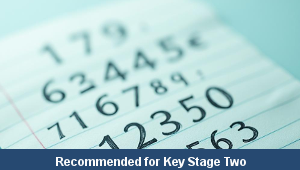
Maths Arithmetic Assessment
Assess abilities in solving arithmetic number problems for addition, subtraction, multiplication and division when working with informal and formal written calculations
-
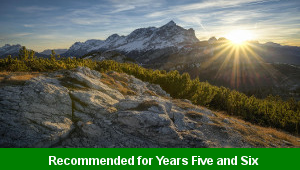
Environment
Identify and describe some of the special landscapes and locations that can be found in the world and reflect on how they can be protected and preserved for the future
-
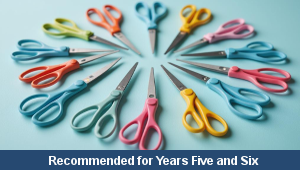
Silent Letter Words
Explore and illustrate the meanings and spellings of some different words with silent letters when using them in a range of topics and scenarios
-
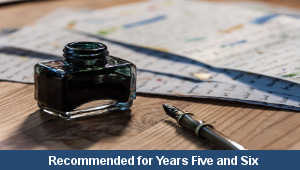
Complaint Letters
Explain and model how to format and structure writing when composing letters of complaint about different issues and scenarios
